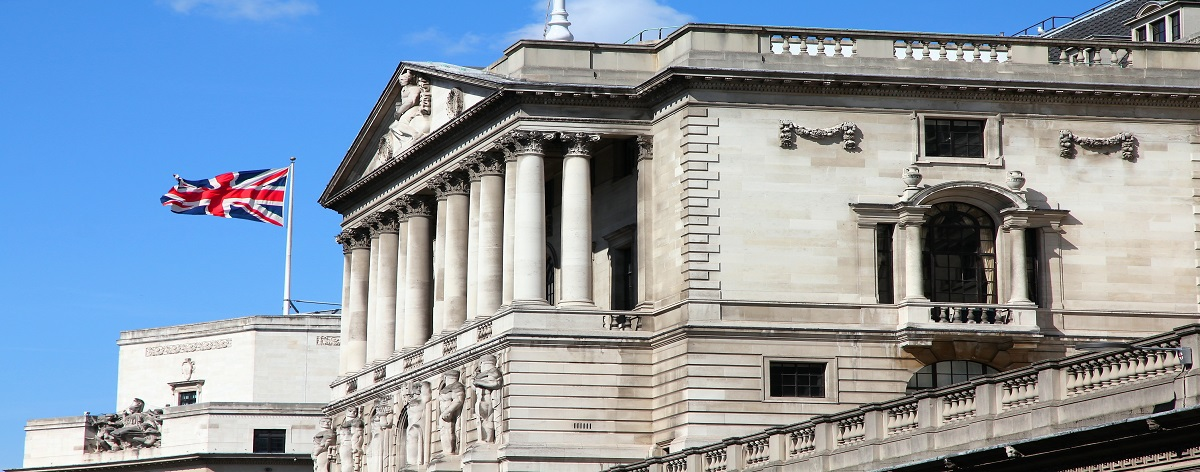
In the run up to the Liz Truss budget of September 2022, you’d be forgiven for taking its name at face value and not expecting anything significant.
The 23rd was a date marked as ‘mini’ because that’s what it was meant to be: mini; an outline of economic tweaks that would support the country through the energy price crisis and rising interest rates.
The subsequent announcement of the largest tax cuts since 1972, against the OBR’s advice, led to a collapse in gilt prices and the pound falling to its lowest value against the dollar, ever.In the housing market, the uncertainty in the financial SWAP markets meant a withdrawal of hundreds of mortgage products as they awaited clarity over the future of bank rates, while the Bank of England bought up government bonds to save numerous pension funds.
The outlook for the residential sector – which was still coming off the post covid market hype – all of a sudden took a sharp turn.
While Jeremy Hunt’s appointment as Chancellor saw the government scrap many of the proposed measures from the mini budget, it was too late to completely stop the tide Truss had started.
In the weeks that immediately followed, determined buyers raced against time to push through purchases on existing mortgage offers. Vendors found themselves needing to account for buyer’s budgets adjusting almost overnight as the cost of borrowing spiked. The rate at which buy to let landlords opted to leave the sector picked up pace,while one of the only winners of this period - overseas buyers - took advantage of a weak pound.
At the beginning of 2023, many predicted house prices would tumble by 10% over the course of the year. What was unclear at the time is just how quickly the housing market had shifted in the last three months of 2022.
Year on year growth fell from more than 10% down to 4.8%, marking the first quarter of house price declines since the onset of Covid in 2020. To August, house prices have fallen by 2%since the start of the year, with an annual drop of 5.3% (according to Nationwide).
What are the housing market truths the past year has made clear?
- Certainty and sentiment are the biggest drivers of activity.
Before Truss and Kwarteng outlined their budget a year ago, markets were already wavering. Not allowing the OBR – nor any alternative regulatory body – the ability to forecast the economic plans pre-announcement, undermined confidence in the announcement and sent financial markets into flux in the days before the budget. The same can be said for house buyers and their own finances; if one can ‘cut their cloth accordingly’ then so be it, but without a frame of reference to do so, activity pauses.
- Cash is king.
The days of the wealthy taking out mortgages in order to access ‘cheap money’ are over. The market sub-£1M has been much more sensitive in the past year where a far larger proportion of home buyers are purchasing with a mortgage. For those un-encumbered by borrowing, they’re finding that they’re at the front of the queue because the layer of uncertainty with borrowing has been removed. For those purchasing in US dollars, that queue jump is magnified when your budget goes even further.
- Stress testing works.
Many banks priced in the subsequent base rate rises into their products, minimising the fallout from each individual rise. Around 400,000 mortgages are due for renewal each quarter – a relatively small proportion of the 7.8 million who don’t own a property outright (Census, 2021).The steady decline of house prices over the past few months has been coupled bya reduction in transaction numbers, but has not been the cliff-edge drop anticipated by so many last year.
- Market fluctuations are now the norm.
The fallout of the Truss budget, although instigating a sizeable knee-jerk reaction in the housing market, rather acted as a catalyst in the shift away from unsustainable growth witnessed in the two years previous. The subsequent ‘correction’ came as a shock to a market that has fallen into the habit of operating with almost negligible borrowing costs. In this scenario, pricing is more sensitive and more important than ever in order to avoid down-valuations by lenders; one of the most common causes of sale fall-troughs and negative equity, leading to forced sales.
And what about a possible general election next year?
Over the last 40-years or so, the property market has become more political with each election. From Right to Buy, to stamp duty reform, and a Mansion Tax, buyers and sellers typically become more cautious around an election in the anticipation of change and the uncertainty that may bring.
This time round however, the market could be responding to another critical influence: interest rates. As the election looms, interest rates are likely to start coming down and this could override any election inertia, prompting many buyers and sellers on the side-line to get back into the market.
As we’ve seen from the last 12-months, the housing market thrives on household’s having reasonable certainty of income and outgoings. While falling interest rates is certainly a positive, some buyers in the prime market will be keeping a close eye on the tax implications of an alternative government; namely the potential incoming VAT on private education.
It’s difficult to anticipate much more at this stage. The election can be called for as late as January 2025 and as the last 12-months have shown, a lot can change in that time.
